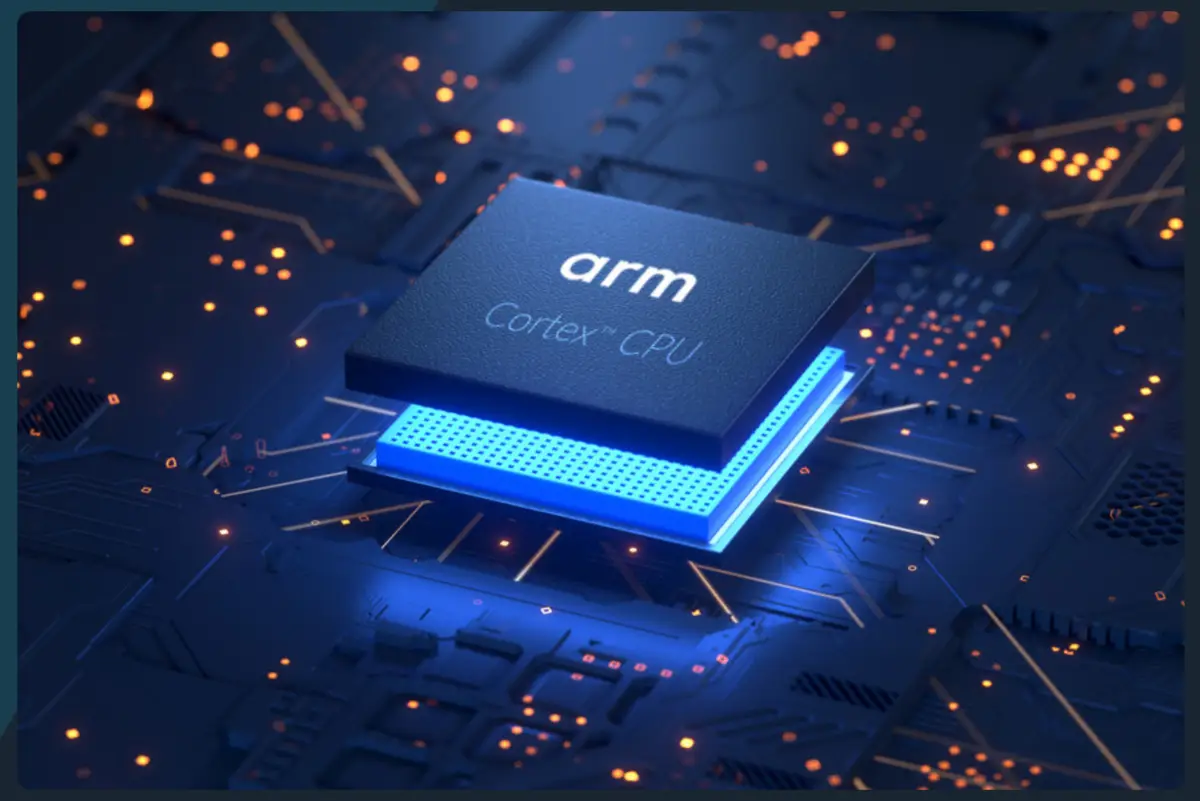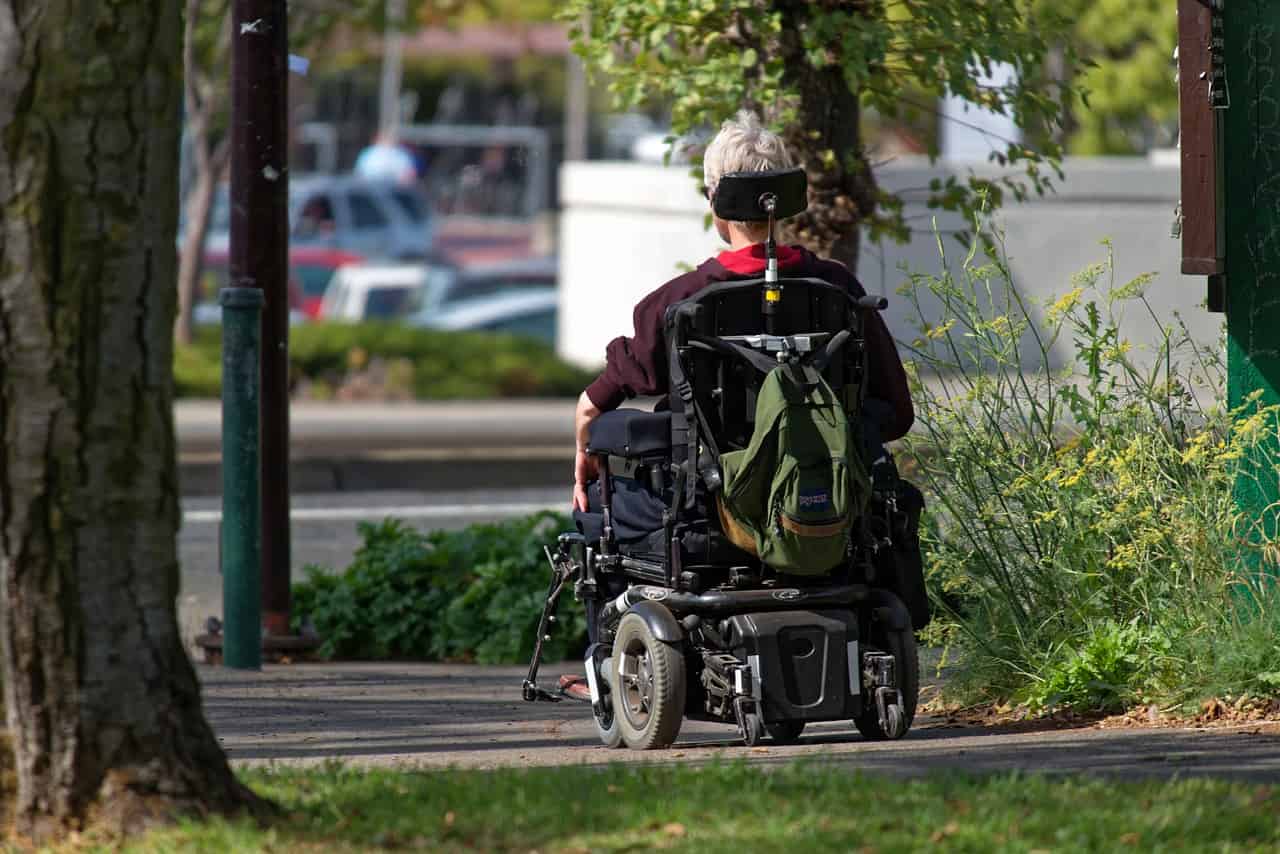
Accidents, strokes or even diseases leave millions of people paralyzed every year. Often, the mobility of the limbs returns after a while, but depending on the type of damage to the nerves, the paralysis can remain permanent. Ordinary, everyday activities such as lifting the arm are no longer possible.
Normally, the brain sends an electrical signal via the spinal cord into the nerve that supplies the shoulder muscle. This triggers a wave of electricity that spreads across the muscle, causing it to contract and the arm to lift. But when the nerve is severely damaged and can no longer transmit the information, the person no longer has control over the arm. To help sufferers, researchers at the University of Cambridge Bioelectronics Lab at the University of Cambridge are now developing implants to bypass this nerve damage and restore limb mobility.
Implants as an interface
“Nerves are the ‘wires’ that carry information to and from our brain, giving us the ability to move muscles on command and receive sensory information about our environment,” says Professor George Malliaras, Prince Philip Professor of Technology at the Bioelectronics Lab in the Department of Engineering at Cambridge. “Damage to nerves can occur in many ways, through disease or injury, and can result in permanent paralysis and numbness that can severely impact the quality of life. According to the Christopher and Dana Reeve Foundation, almost 1 in 50 people in the U.S. live with paralysis. That’s 5,357,970 people with a central nervous system disorder resulting in difficulty or inability to move the upper or lower extremities.”
Malliaras is leading a project developed by Dr. Alejandro Carnicer-Lombarte to help people who have suffered nerve injuries from a car accident or knife wound, for example. The goal of the project is to create implants that bridge damaged nerves by interfacing with the brain and nervous system.
Like wireless headphones
So far, the team has developed two “neuroprosthetic” devices, one of which reads electrical patterns from the brain while the other injects an electrical stimulus into the target muscle group. The devices work through a wireless connection and completely bypass the injured nerve. “In much the same way that wireless headphones have made the old wired headphones redundant, our aim is to make muscles wireless by intercepting electrical signals from the brain before they enter the damaged nerve, and sending them directly to the target muscles via radio waves,” says Sam Hilton, a research associate on Malliaras’ team.
The technique has already worked in computer simulations and on cells grown in the lab. Next, it will be tested on live rats for safety and possible improvements. “Due to the novel nature of the devices, we have a moral and ethical responsibility to ensure the procedure is safe before being used in humans,” says Hilton. “For this, there is no substitute for the highly complex and interconnected systems of the living body – we need to test it in animals.” Those tests will show researchers the extent to which the design, implantation protocol or settings could be improved. In the final phase of validation, they would use a rat model with nerve injury to show that function can be restored to a paralyzed limb, the researchers say.
Eliminating animal testing unfortunately not possible
The team hopes to use the device to detect the brain pattern associated with the rat’s grasping movement. To do this, the rat is offered a sugar pellet, which it must reach for. As it does so, the corresponding electrical signals are recorded. Using this data, the scientists want to further develop the device so that it can determine when a rat wants to reach with its paw based only on brain activity.
The researchers emphasize that the rats’ well-being is paramount in the experiments. In addition, they will only use as many animals as absolutely necessary. Unfortunately, however, it would not be possible to completely dispense with animal experiments in this case. The first human recipients of this new device would then be exposed to an unacceptable risk. In the end, this work would have the potential “to improve or restore movement in patients suffering severe nerve damage – improving their quality of life, and easing the burden on our healthcare services.”
Also interesting:
Better treatment of brain tumors due to novel implant
Restoring visual functions of the brain with the help of implants
Surgeons soon able to print 3D implants during surgery








